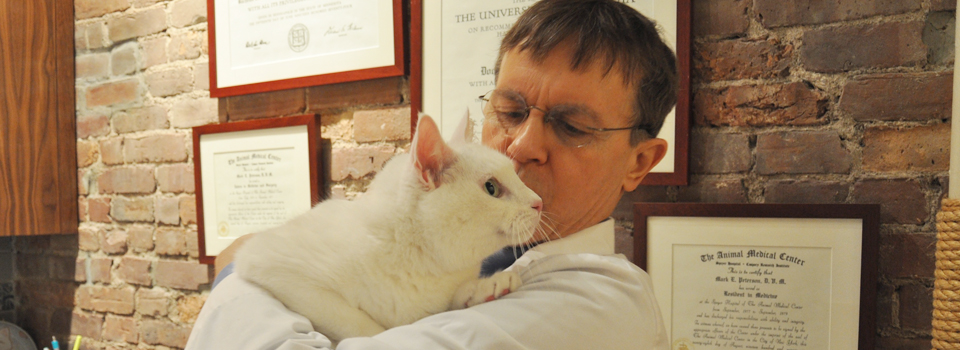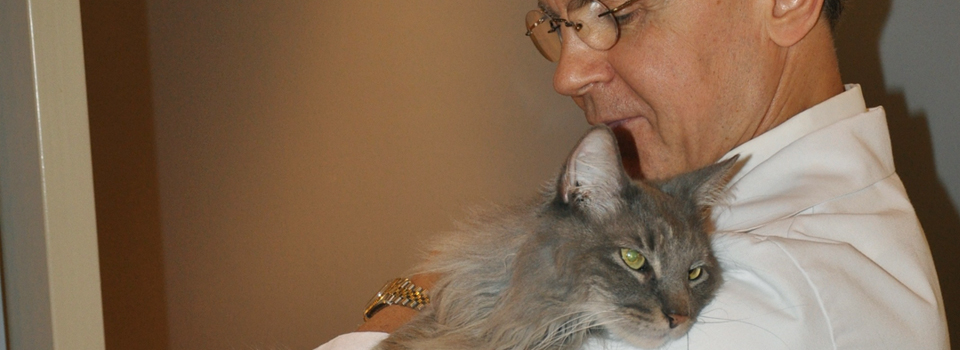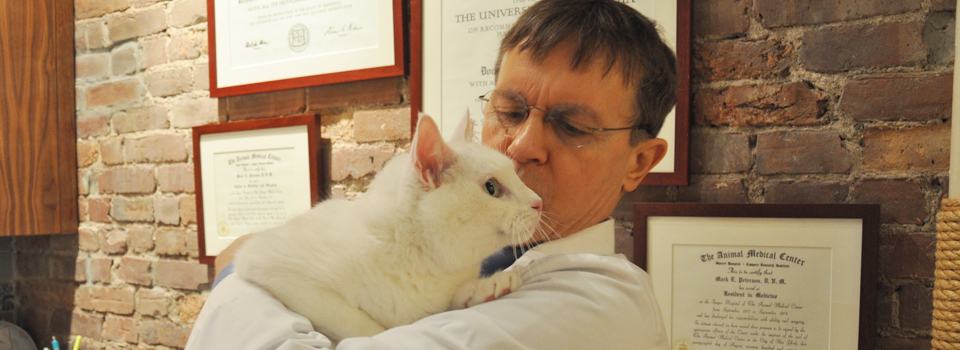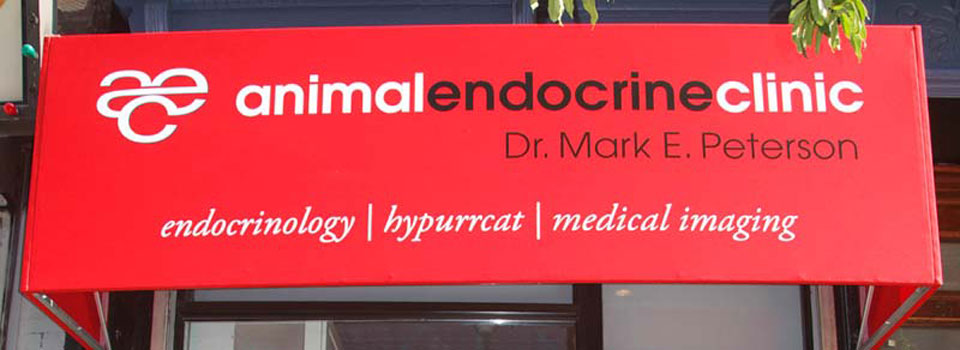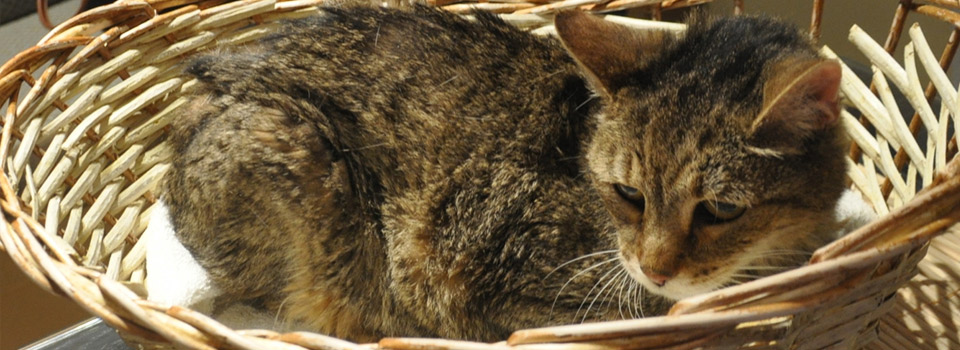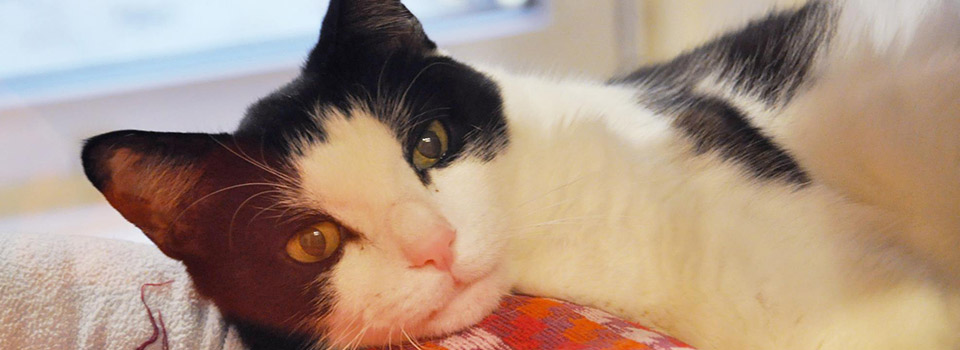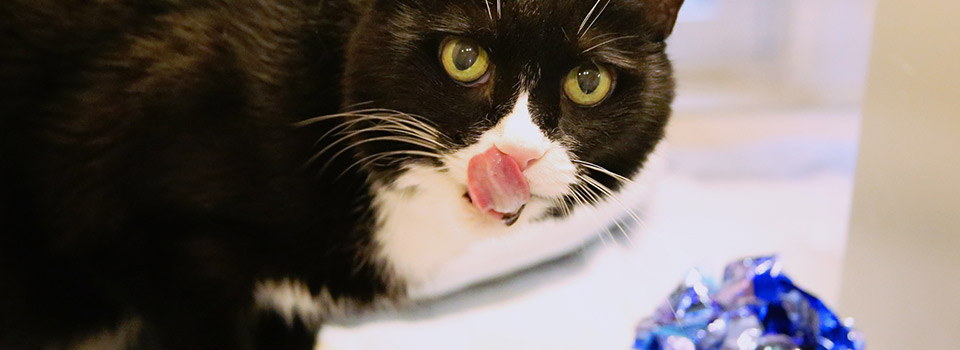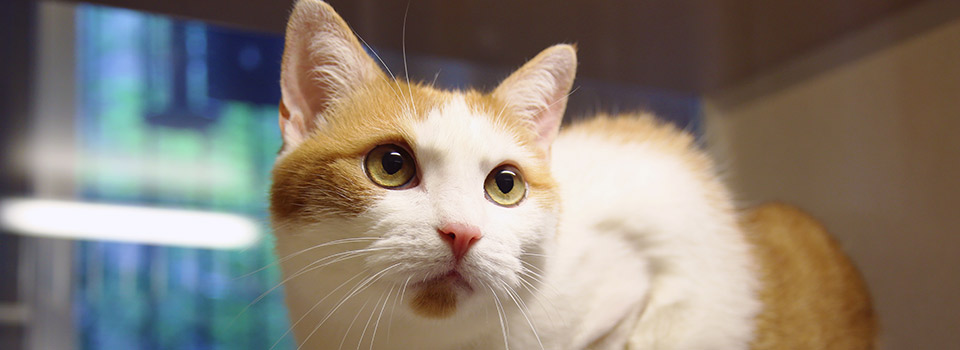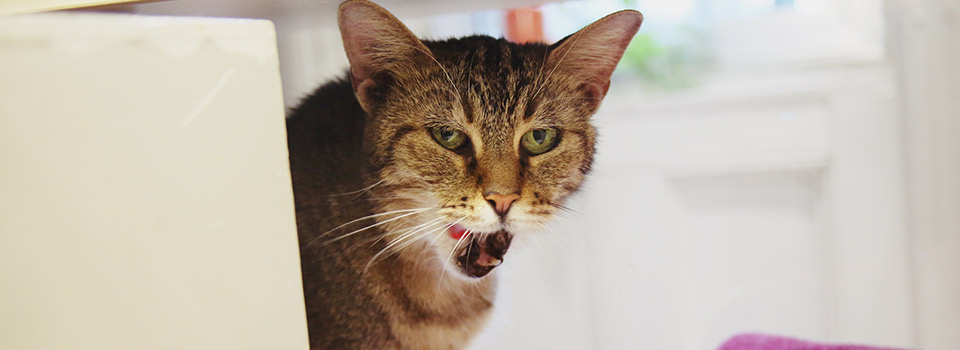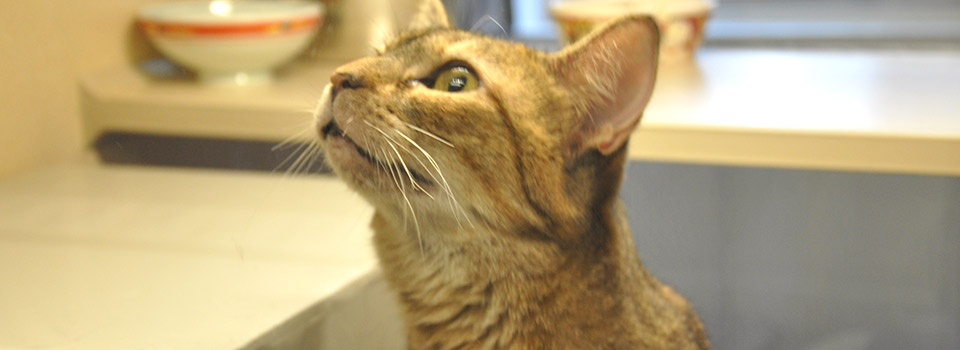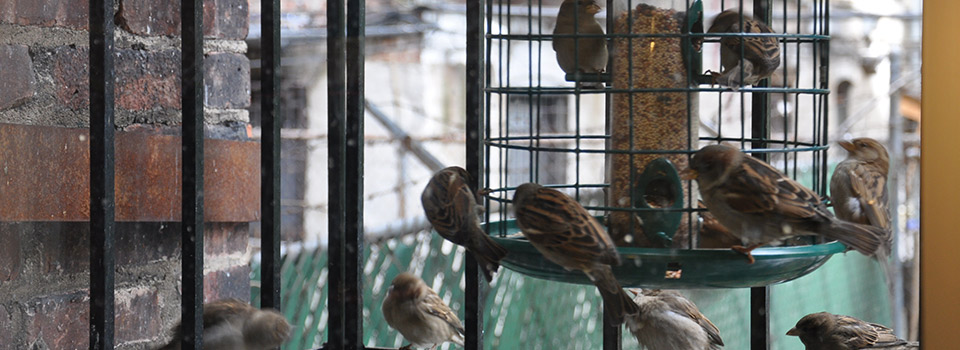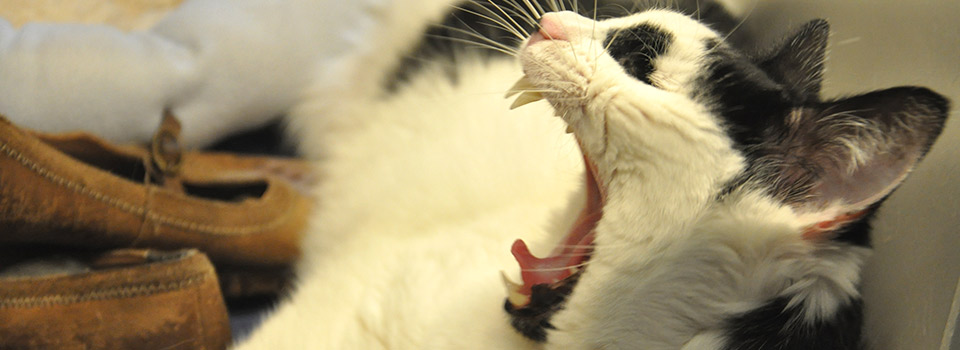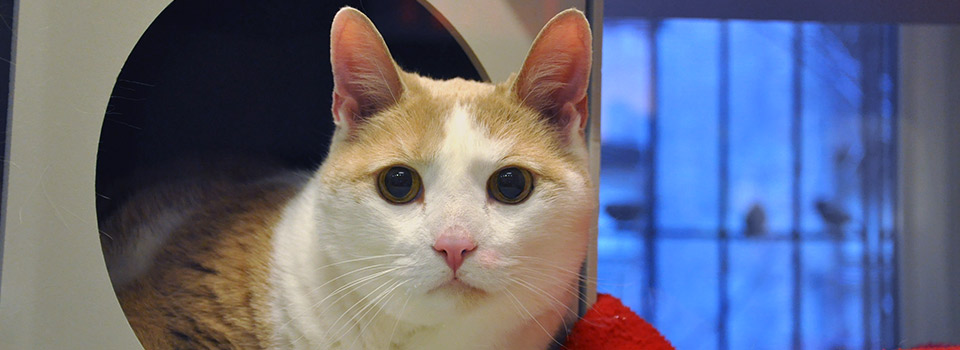Clinical Research at the Animal Endocrine Clinic
At the Animal Endocrine Clinic, Dr. Peterson conducts clinical research studies in order to find safer or more effective methods to better prevent, detect, or treat a variety of endocrine diseases. By clinical research, we are referring to research that involves the study of spontaneous disease among client-owned cats with thyroidal disease. In other words, Dr. Peterson does not induce disease in any animal in his pursuit of knowledge. To view or download Dr. Peterson’s research publications, visit his profile on ResearchGate.
For more information about our Clinical Research Studies, please contact Dr. Peterson at the following email address: info@animalendocrine.com.


